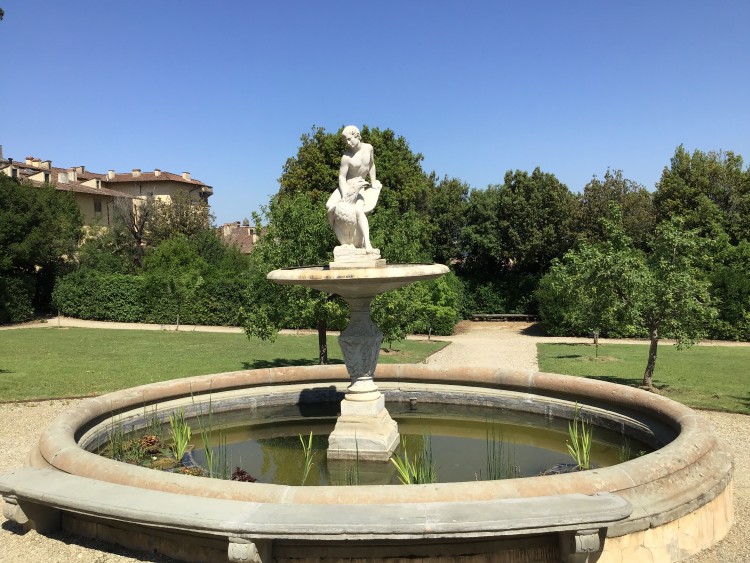 DIDA
Browse
How it works
Insert your collection
News
Contacts us
DIDA
Browse
How it works
Insert your collection
News
Contacts us
Author: Battista Lorenzi
Type: fontana monumentale
Room: Kaffeehaus

Description
All sources recall the remarkable beauty of the work. The very recentattribution to Battista Lorenzi is due to Keutner and Del Bravo, presented in the special 1982 exhibition. Convincing on the stylistic level, this new work assigned to the sculptor from Settignano, a pupil of Bandinelli, but attentive to the more' plastic ways of Vincenzo de' Rossi, re-proposes an 'elegant fixity' antiquing of the faces and the calm refinement of the surfaces found in the beautiful group of 'Alfeo and Aretusa'now in the Metropolitan Museum in New York. The careful restoration that had to deal with the marble's very serious state of deterioration made it possible to admire the delicate beauty of the child, the object of Jupiter's love, who abducted him by transforming into an eagle. Del Bravo points out that in this case, rather than abduction, which in the fi orentine culture of the time could be read in a mystical sense, it would be the "voluntary entry into a process of elevation" toward the absolute. The particular iconological value that has accompanied the theme since ancient times (Panofsky), suggests a specific and highly cultured patronage. Keutner thought of Isabella Medici Orsini, favorite daughter of Cosimo I who died in 1576, to whom the duke offered the villa of Poggio Imperiale in 1565, after buying it from Piero Salviati. On this hypothesis Keutner has motivated the probable dating of11 the work, originally not intended for fountain use: the conduit in the eagle's beak was added between 1775-1776, when it was placed in its present location (Galli)
Photo and Text Credits: catalogo.beniculturali.it
More artworks in Kaffeehaus
If you are not at the museum click on the link below and you can test our guide by framing some works directly on the DEMO page.

If you are near the museum you can reach it and by framing with your mobile you can discover the audio guide.
